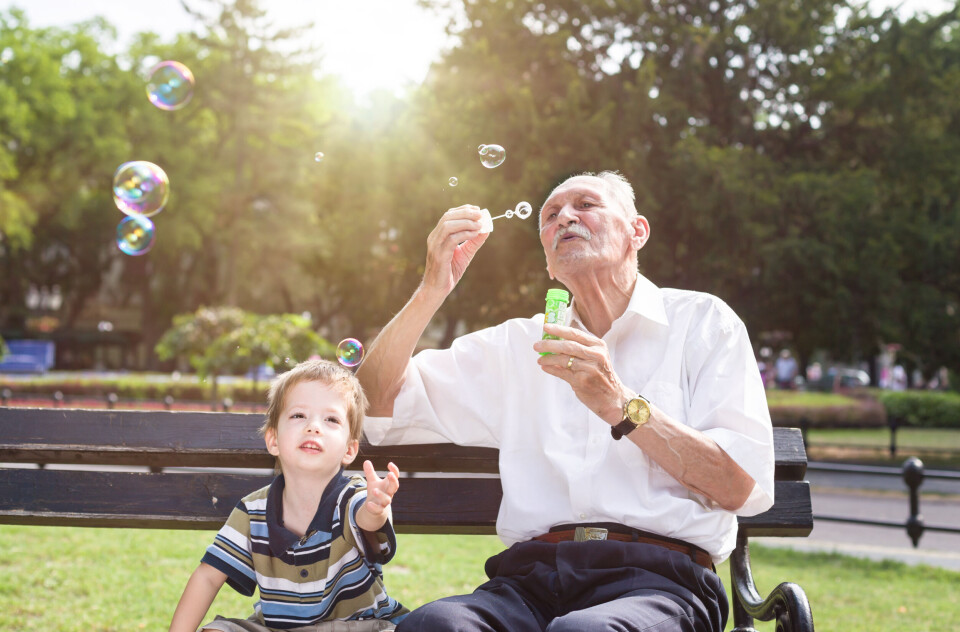-
DHL suspends high-value deliveries to US from France
The temporary measure, adopted on April 21, is the result of delays linked to increased clearance checks
-
E-gates updated in France as launch of EES checks approaches
Progress continues towards October start of delayed border checks
-
France’s wild garlic season is here – but foragers should beware toxic lookalikes
Spring brings the fragrant plant to woodlands nationwide. We explain what to look out for
Babies, life expectancy: how Covid has affected France’s population
Newly published official figures show a rebound in 2021. More births than deaths and higher immigration than emigration show a small population growth

Several factors in France heavily impacted in 2020 by the Covid pandemic, such as life expectancy and marriage and birth rates, have begun to return to normal, new official data published today (January 18) show.
The figures, although still provisional, were published by France’s national statistics bureau Insee.
They show that life expectancy increased in 2021 compared to the year before (although it is still lower than pre-pandemic levels), while the number of marriages and births increased from 2020, and the death rate dropped.
The population continues to grow
As of January 1, 2022, there are 67,813,396 inhabitants in France, around 187,000 more than at the same point in 2021.
This corresponds to an increase of 0.33% year on year, slightly more than in 2020 (0.31%), but lower than the increase between 2014 and 2019 (0.4% on average).
This increase is due primarily to immigration to France, with 140,000 more people arriving in France than emigrating.
Birth and death rates
There are still more people being born in France than dying each year, although that gap closed to the smallest difference since the mid-1940s in 2020.
That year, there were 668,900 deaths, and 735,200 births, equalling a net increase of around 66,300 new French citizens.
Provisionary figures for 2021 show the gap has widened again. Last year there were 657,000 deaths and 738,000 births, equalling a net increase of 81,000 new French citizens.
This is still a far smaller gap than pre-pandemic. For example, in 2019 there were 613,200 deaths and 753,400 births (a net increase of 140,200).
The higher death rates in 2020 and 2021 show the direct and indirect effects of Covid.
Insee also noted that it is related to people of the baby-boom generation (1946 – 1964) reaching old age.
Life expectancy goes back up
Life expectancy for women fell by 0.5 to 85.1 years for women in 2020, and by 0.6 to 79.1 for men.
This figure has rebounded for both sexes in 2021. For women, it has climbed up to 85.4, and for men it has risen to 79.3.
Both these figures are lower than in 2019, when women were expected to live to the age of 85.6, and men to 79.7.
The return of weddings
The number of weddings in France dropped to an historic low in 2020, with just 155,000 taking place, a drop of 31% from the previous year.
This was due to Covid-related restrictions banning weddings for large parts of the year.
But marriages were back on the table in 2021, with around 220,000 taking place (provisional figures), almost the same number as in 2019, when there were 224,740.
(Slightly) more babies being born
The number of babies being born in France reached a peak in 2010, at 2.03 (average number of babies per woman) This number has since been decreasing.
In 2020, it dropped to 1.81, a similar level to 1999 levels.
Last year, for the first time since 2010, there was an increase in the rate from the previous year, with 1.82 babies being born per woman on average.
France has the highest fertility rate in the European Union, according to 2019 figures.
Related articles
Brittany only French region where life expectancy did not drop in 2020
Top 500 best places to live in France - is your commune on the list?
How to get a Pacs in France and what differences to marriage
























